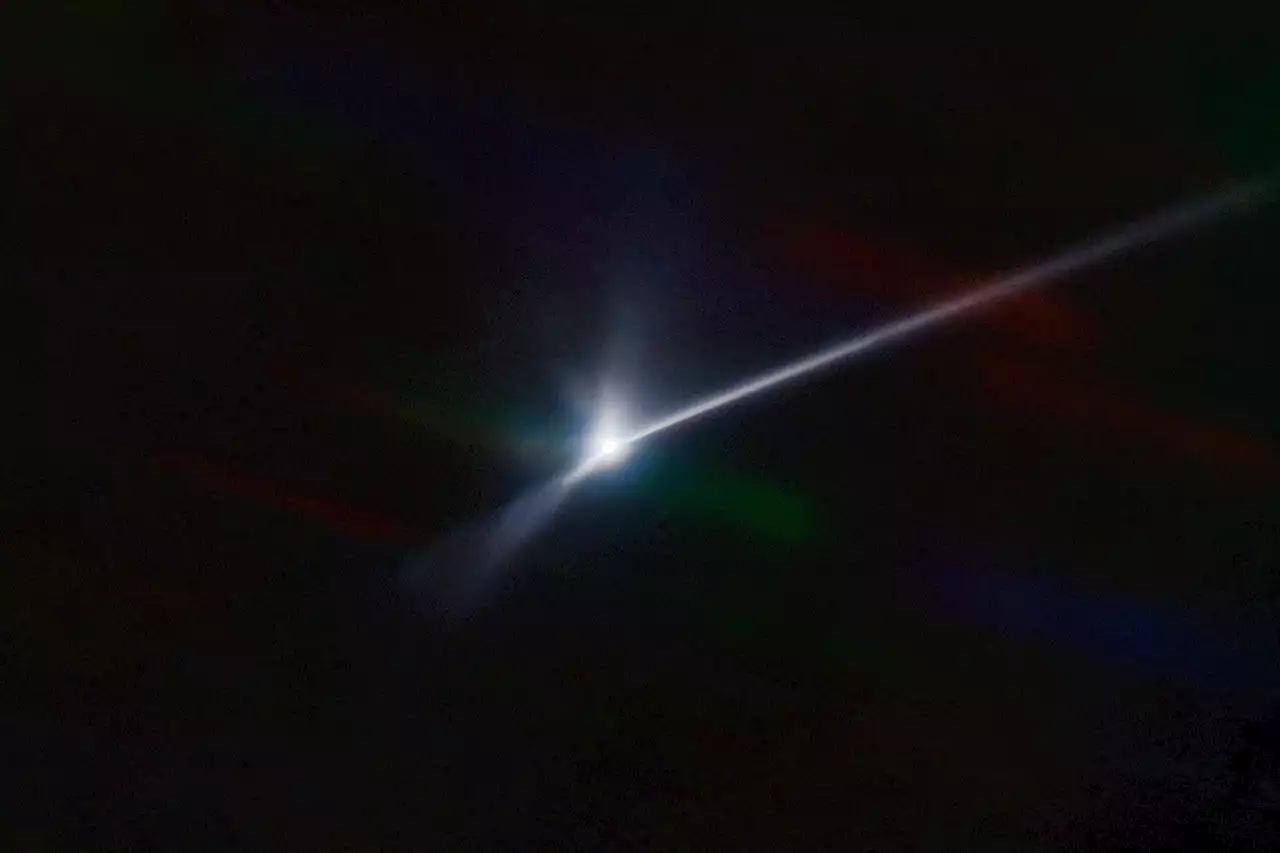NASA's DART asteroid impact test left a trail over 6,000 miles long
The trail is only likely to get larger, according to the researchers. It should eventually stretch to the point where the dust stream is virtually unrecognizable from the usual particles floating in the Solar System. NASA didn't create headaches for future probes and explorers. The space agency chose Dimorphos as the deliberate crash wouldn't pose a threat to Earth.
The capture was about more than obtaining a dramatic snapshot, of course. Scientists will use data collected using SOAR, the Astronomical Event Observatory Network and other observers to understand more about the collision and Dimorphos itself. They'll determine the amount and speed of material ejected from the asteroid, and whether or not DART produced large debris chunks or 'merely' fine dust.
All products recommended by Engadget are selected by our editorial team, independent of our parent company. Some of our stories include affiliate links. If you buy something through one of these links, we may earn an affiliate commission. All prices are correct at the time of publishing.
United States Latest News, United States Headlines
Similar News:You can also read news stories similar to this one that we have collected from other news sources.
 Asteroid slammed by NASA spacecraft has debris trail over 6,000 miles longAstronomers captured the scene millions of miles away with a telescope in Chile, showing an expanding, comet-like tail after the asteroid impact.
Asteroid slammed by NASA spacecraft has debris trail over 6,000 miles longAstronomers captured the scene millions of miles away with a telescope in Chile, showing an expanding, comet-like tail after the asteroid impact.
Read more »
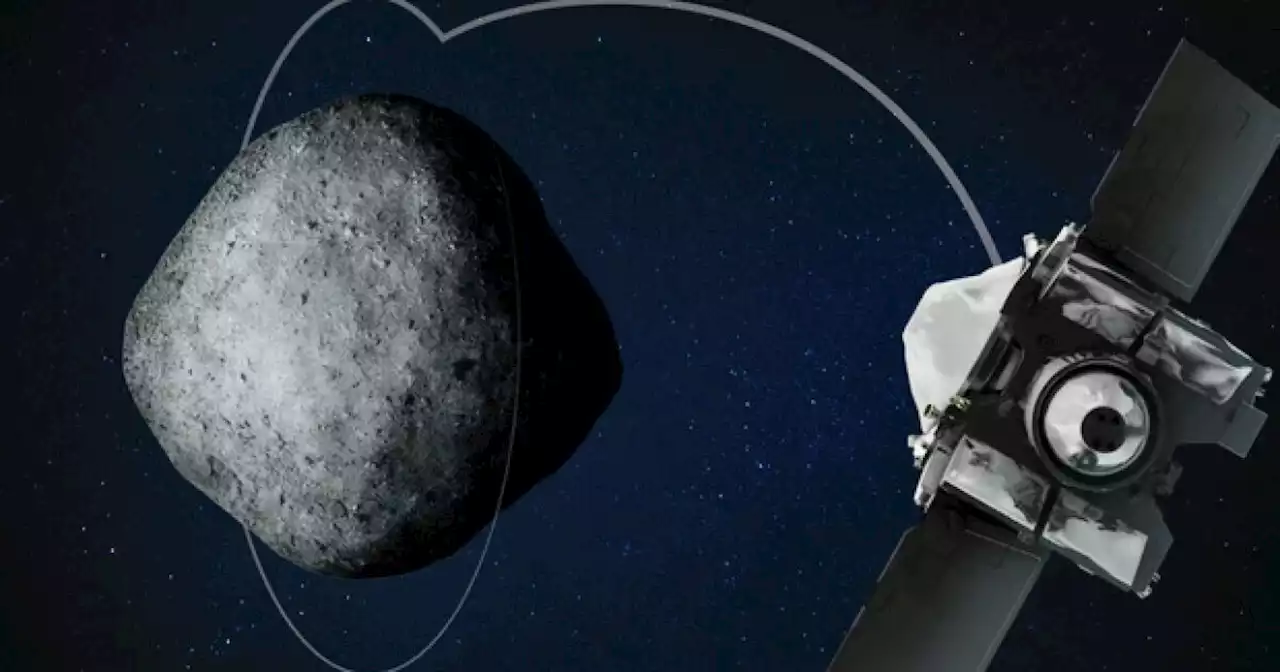 NASA gives Cal State San Marcos physicist $1.2 million to study pieces of ancient asteroidThe research could help explain the origin of planetary bodies
NASA gives Cal State San Marcos physicist $1.2 million to study pieces of ancient asteroidThe research could help explain the origin of planetary bodies
Read more »
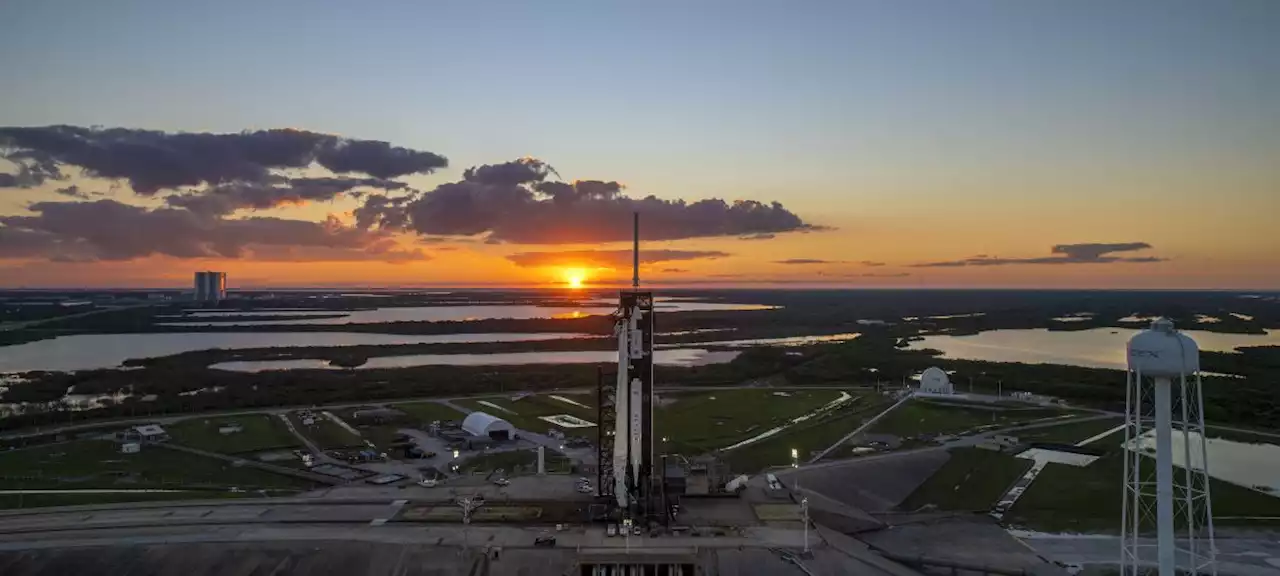 SpaceX still on track to launch Crew-5 astronaut mission for NASA WednesdayBut three minor issues must be resolved first.
SpaceX still on track to launch Crew-5 astronaut mission for NASA WednesdayBut three minor issues must be resolved first.
Read more »
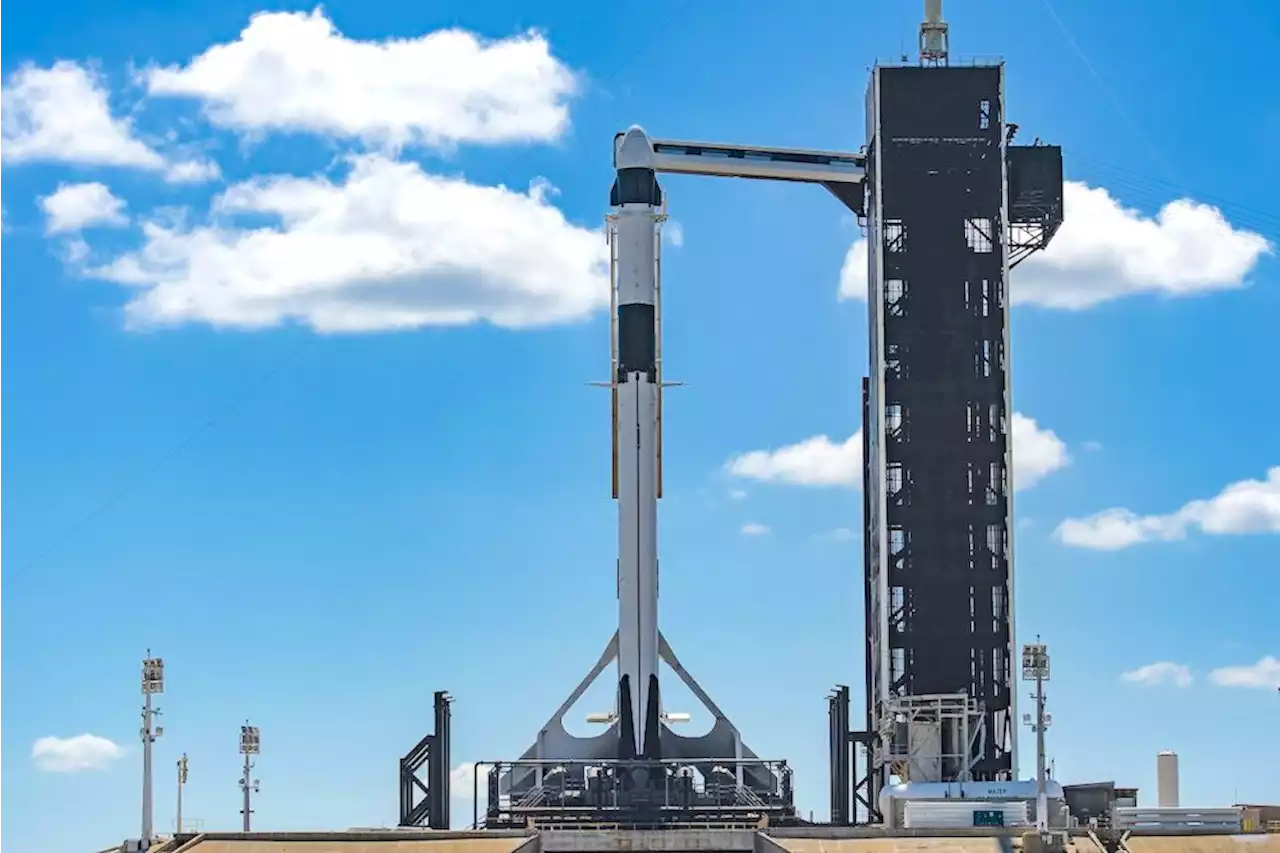 NASA needs good weather for Wednesday's SpaceX Crew-5 launch | Digital TrendsNASA needs good weather conditions to launch SpaceX's Crew5 astronauts from the Kennedy Space Center to the spacestation on Wednesday. So how's it looking?
NASA needs good weather for Wednesday's SpaceX Crew-5 launch | Digital TrendsNASA needs good weather conditions to launch SpaceX's Crew5 astronauts from the Kennedy Space Center to the spacestation on Wednesday. So how's it looking?
Read more »
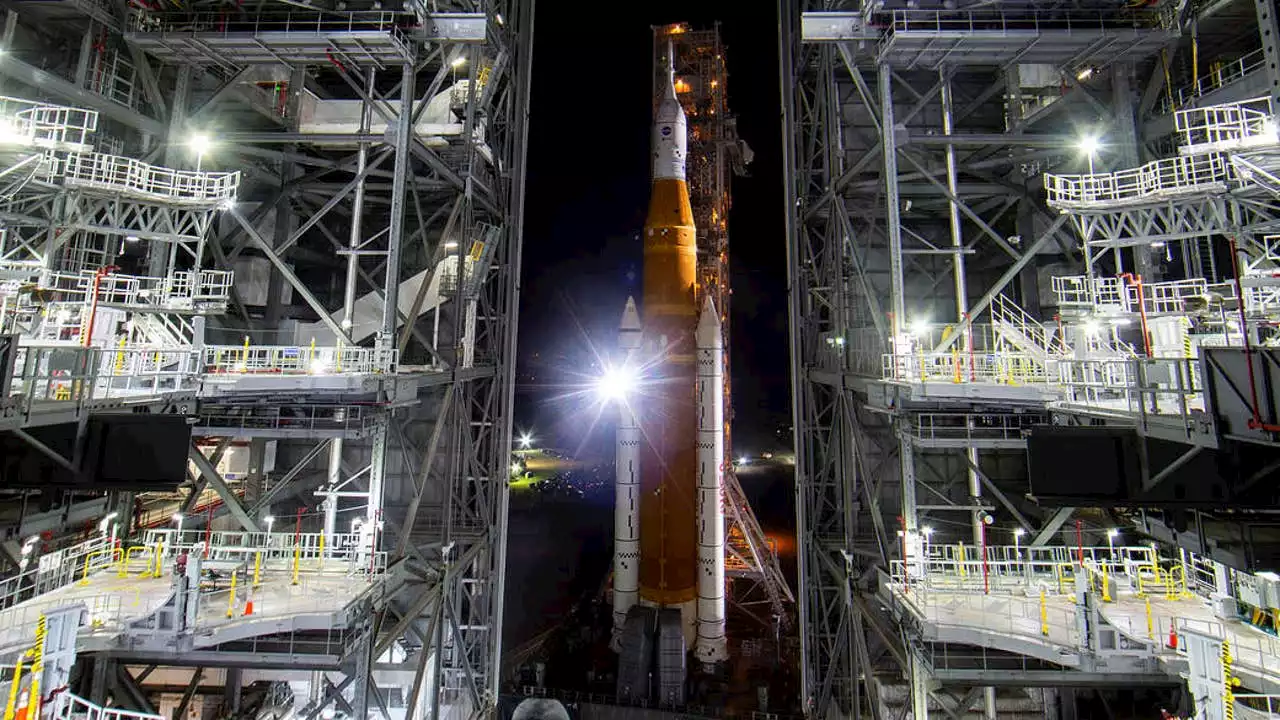 NASA to practice moonwalks, conduct rover tests in Arizona for future Artemis missionsAs NASA eyes November as the next opportunity to launch its Artemis I mission to the moon from Kennedy Space Center in Florida – the first in a series of missions – NASA said it would conduct analog missions – simulated missions -- in Arizona to practice moonwalks, and to test the capabilities of its rovers.
NASA to practice moonwalks, conduct rover tests in Arizona for future Artemis missionsAs NASA eyes November as the next opportunity to launch its Artemis I mission to the moon from Kennedy Space Center in Florida – the first in a series of missions – NASA said it would conduct analog missions – simulated missions -- in Arizona to practice moonwalks, and to test the capabilities of its rovers.
Read more »
